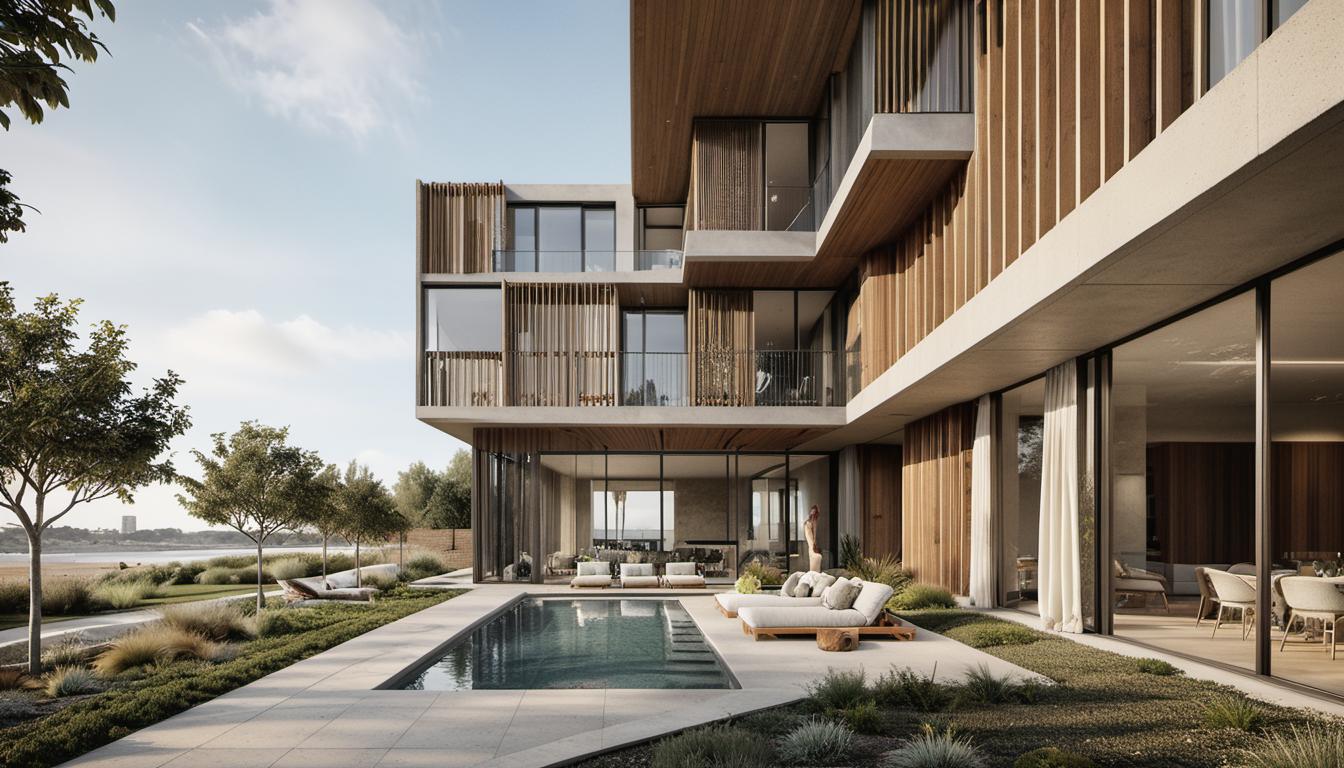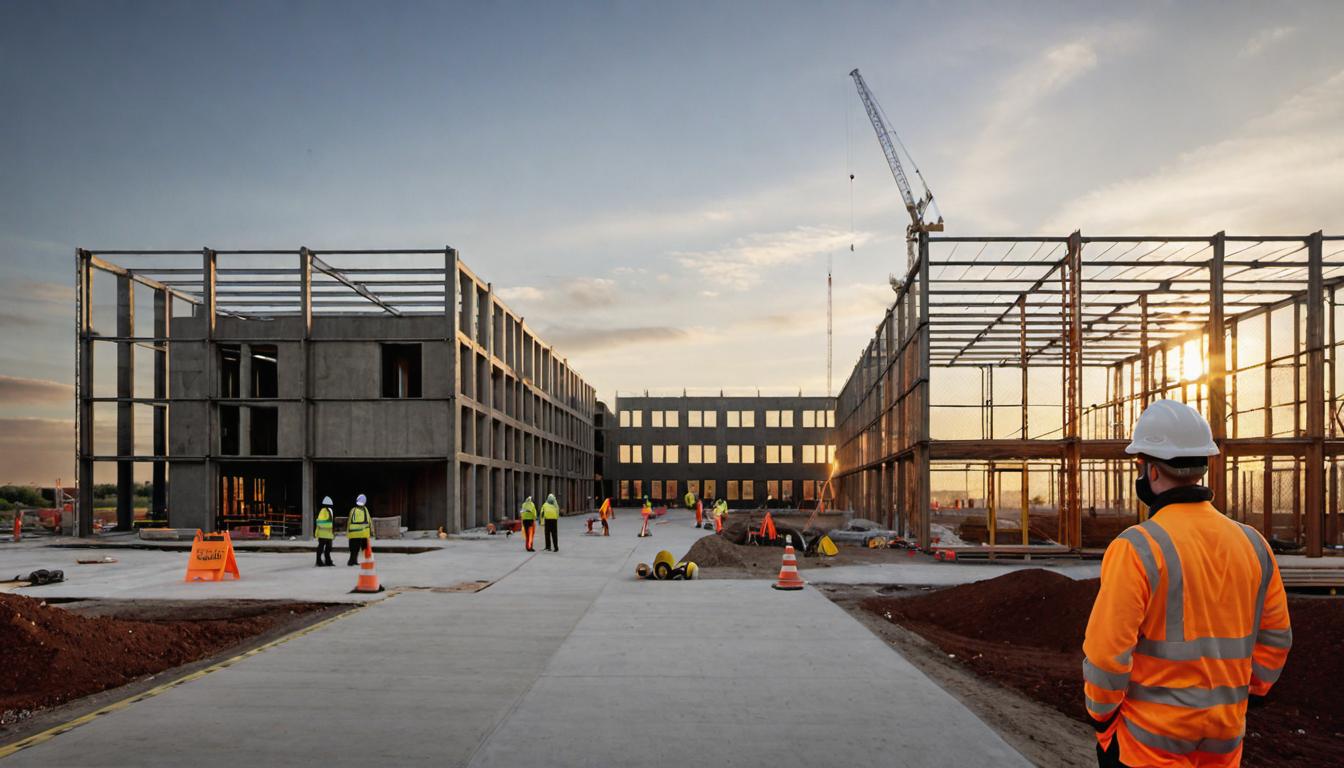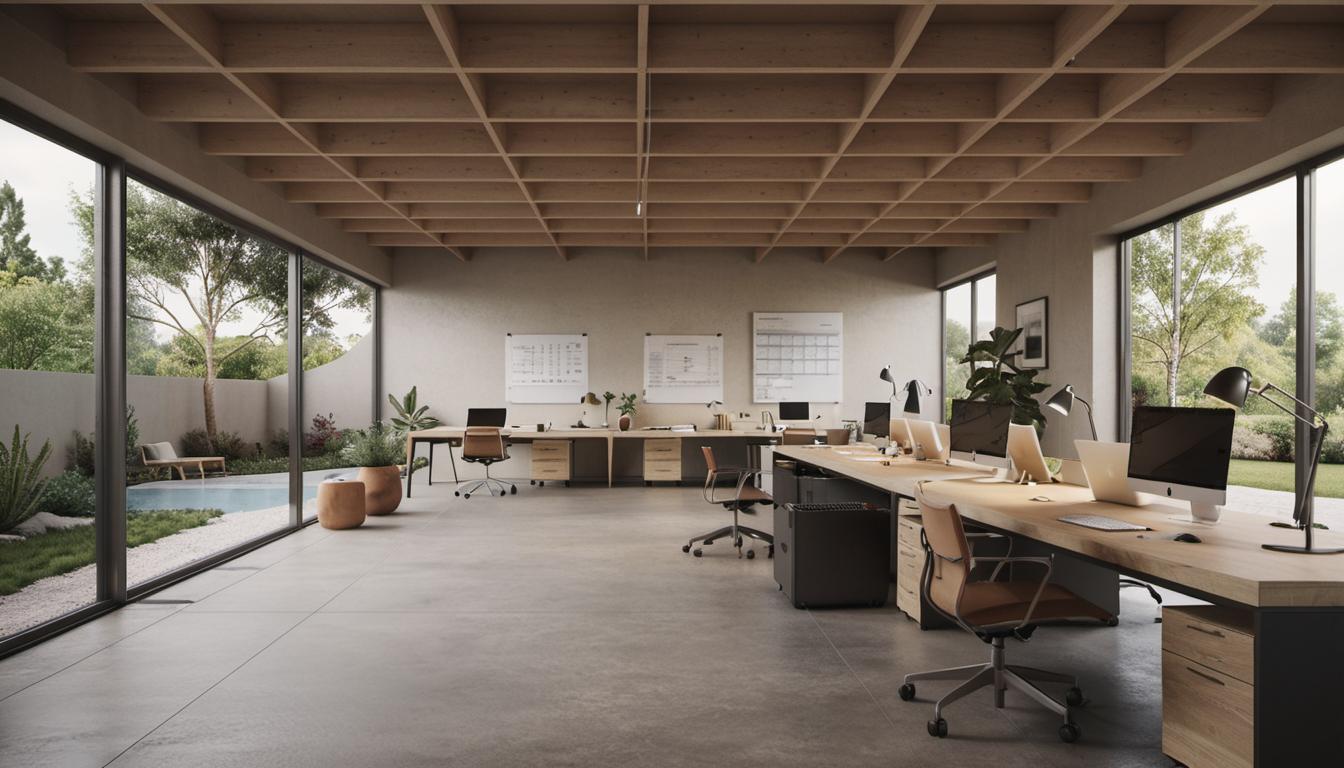Introduction
Architectural typologies provide a systematic way of understanding, documenting, and classifying our built environment. They hold significant relevance for architects, interior designers, and the real estate industry. Let’s simplify various ‘types of architectural typologies.’
Understanding Building Typology
- Building typology is the act of documenting and classifying buildings based on several core attributes, lending insight into functional uses, form, and architectural style.
- Tracing the development of building types involves looking to the Enlightenment period and the idea of formal configurations championed by J.N.L. Durand.
Functional Typology and its Role
- Taking dwellings like townhouses as an example, functional typology consists of understanding how categories like houses, hospitals, and schools are distinguished by architectural features.
- It also helps in decoding the minute differences within broader categories, such as contrasting single-family homes in Brooklyn and Harlem.
Significance of Building Typology in Various Fields
- Typology research aids in understanding the built environment, making it highly valuable in historical studies, archaeology, and architectural history.
- It equally gives insight into how the gradual transformation of building types occurs, providing informative examples.
Typology in Design and its Evolution
- From Albrecht Dürer’s proportions in the 16th century to geometrical transformations today, typology finds roots and relevance in various design principles.
- In photography, Bernd & Hilla Becher notably employed typology to group and study industrial buildings and structures.
Typology in Urban Design and Architecture
- Architectural and urban design typology has seen vital contributions from several thinkers, including Camillo Sitte’s significant interventions in typology and urbanism.
- Focusing on urban fabric components, we can understand how typologies develop and their practical design applications.
- A case in point: Sir John Soane’s inventive London row house design which ingeniously employed typology.
Empowering Future Architects with Typology
- Typology is a critical part of architectural and urban design education, enhancing students’ understanding of design.
- Furthermore, it is a tool for creating human-centric spaces that value people’s interactions with their environment.
Building Typologies in Architectural Design, Urban Planning, and Building Science
- Building typologies shed light on the functional use, forms, and construction details of various types of buildings, influencing design decisions and facilitating building understanding.
- These can be classified into function-based, form-based, and construction type-based classifications, each with their specific examples.
FAQs on Architectural Typologies
Find answers to all your queries about architectural typologies right here.
References
All sources of information used in this blog post are cited below.






